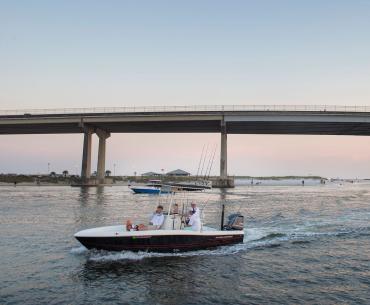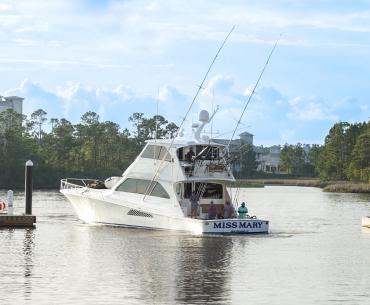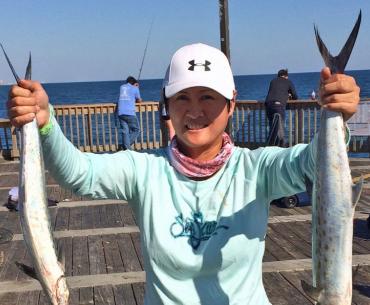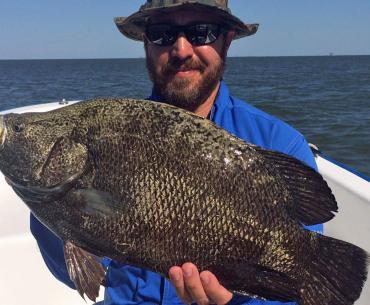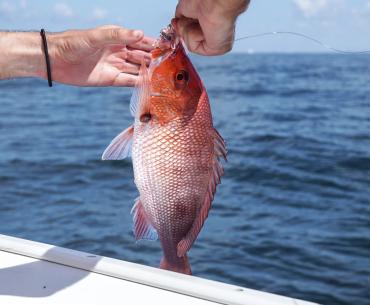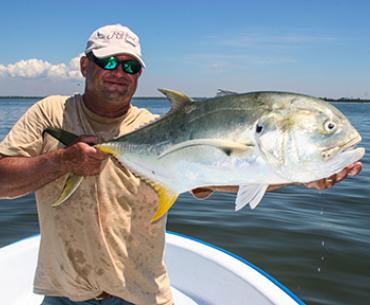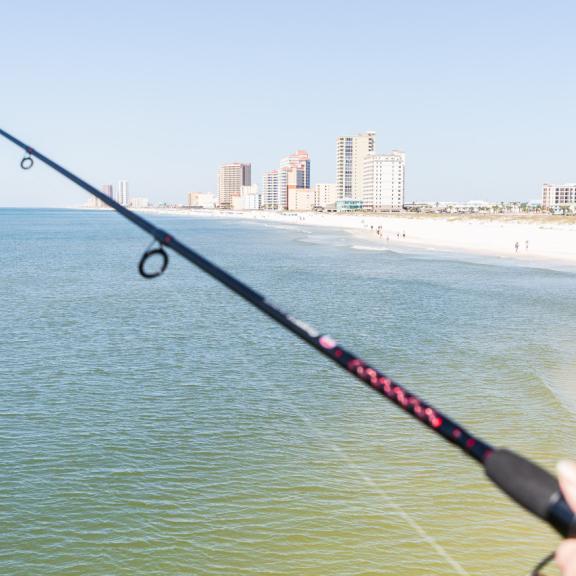
One of the best times to catch flounder is during their fall migration to the Gulf of Mexico, typically from October to December, in the channels and passes leading to the Gulf.

Flounder Migration in the gulf
In the fall, adult flounder migrate from the bays to the Gulf to spawn. Males leave for the Gulf before the larger females. A moderate winter will spread out the departure of the larger flounder over a longer period of time. Studies have shown that between spawning migrations, flounder only move short distances and often return to the same bay they came from.
Flounder are opportunists. They are camouflaged on the bottom, patiently waiting for any baitfish or crustacean to move within striking distance. Anglers in the fall should look for water that forms natural choke points or gaps, which concentrate the bait the flounder feed on.
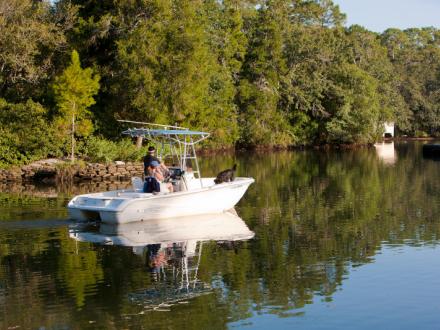
Best Baits for Flounder
If you’re into live bait fishing, acquire some bull minnows or finger mullet and cast a lip-hooked bait into those choke points. It won’t take long to find out if the flounder are there. If you’re fishing off the Gulf State Park Pier, drop a bull minnow down by the pilings, a favorite haunt for flounder.
When I want to cover a lot of ground, I’ll cast minnow-shaped plastic lures on a quarter-ounce jighead into likely spots and bounce the rig slowly along the bottom. Berkley Gulps work well.
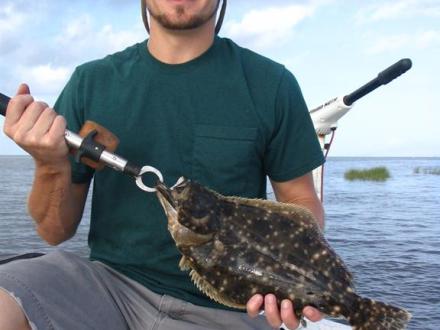
Flounder Gigging
And don’t forget about gigging during the fall, especially when a gentle north wind calms down the waves on the beach. Grab a good light for spotting the fish and a gig, both of which can be purchased at any one of the bait shops in the area.
Slowly walk the shin-deep water, shining the light to look for any irregularities in the ripples in the sand. If you look closely enough, you’ll spot the outline of the fish. Ease into position and quickly send the gig downward, but ut aim low. The refraction of light in the water makes it look like the fish is farther away than it actually is.
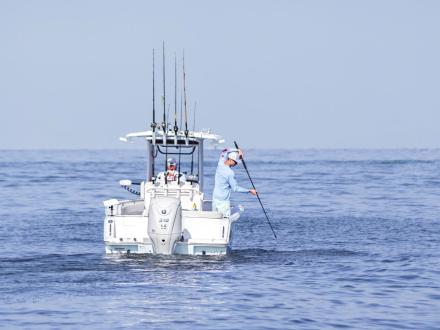
Flounder Species & Regulations
If you’re lucky, you can bring home a nice stringer of fantastic-eating flounder, but make sure you’re spearing a fish that meets the regulations. Alabama’s flounder regulations require a minimum size 14 inches total length with a daily bag limit of five fish.
Alabama waters have two species of flounder, the Southern flounder and the Gulf flounder. The Southern flounder is the most common species, but if you’re fishing in Gulf waters, you might hook or gig a Gulf flounder, which has much more distinctive coloring. The regulations are the same for both species.
